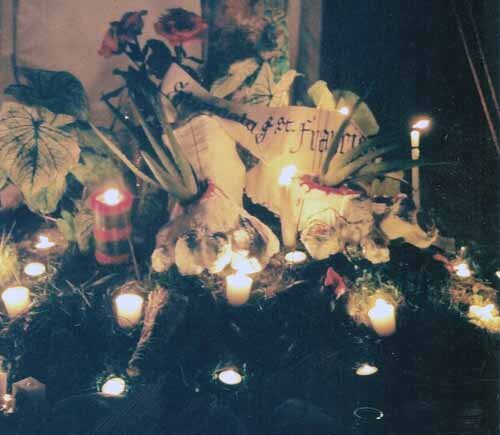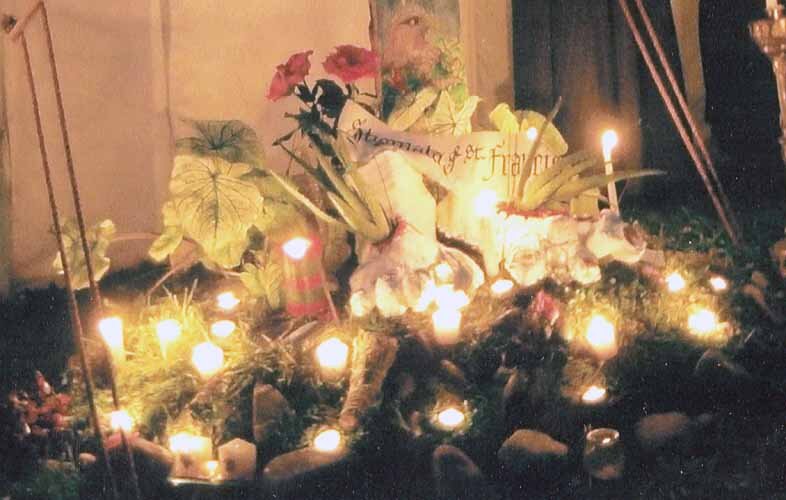Man is too weak to accept or absorb divine love, which is absolute. For that reason, and that reason alone, does God cover it with the veil that is pain. - Rebbe Zusia (pg. 113)
I’ve been continuing my rereading of Lex Hixon’s writings. This quote is from an essay entitled The Landscape that Laughs in Coming Home: The Experience of Enlightenment in Sacred Traditions by Lex Hixon about 18th century Jewish mystics. It’s wonderful if you ever have chance to read it.
The concept of pain as a veil to God’s light is extraordinary. The whole world is veil to shield us from the intensity of God’s light, but in this essay Hixon explain something amazing:
Zusia speaks of our suffering or pain as a Divine veil but suffering also removes the human veils by which we have obscured the Divine Life living through us. The soul master accepts suffering to unveil the intrinsic freedom of the soul. (p. 114)
There are two actions working here: humans protecting themselves from the Divine and the Divine protection of humans. Humanity resists Divinity out of fear. We refuse to follow Divine guidance; we act without honor; we choose smallness over change. Those actions are the veils we create to resist the chaos of Divine Reason. Hixon explains through Rebbe Zusia that the painful experiences in our lives act in a two fold way to clear away our internal blocks to God while still protecting us from complete annihilation in the brilliance of the God Head.
I see the beauty and truth in his point. In my own life pain has transformed me, made me softer, more open, more able to love & to create art. But I do quarrel with his terminology here. He uses pain & suffering almost interchangeably. To me, these are quite different terms. Pain is the nature of the human condition. I do not believe suffering is, suffering can be transcended through acceptance of pain. It is resistance which causes suffering. Suffering is a human veil. Pain is a Divine veil.





